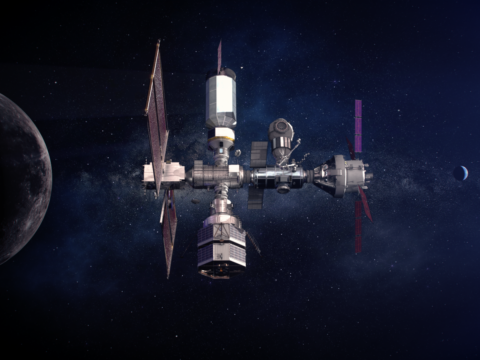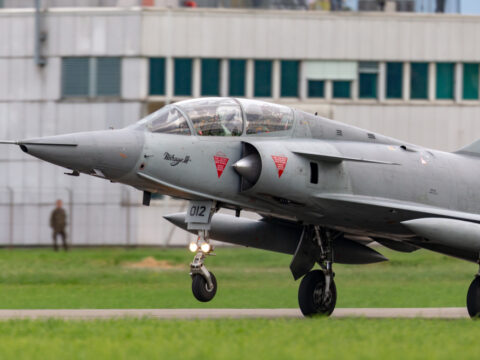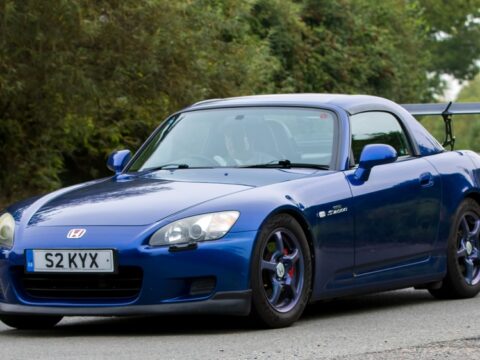Submarines have played a crucial role in naval warfare for over a century, evolving into some of the most advanced machines ever built. From stealth technology to powerful weapon systems, these vessels are designed to operate in the most challenging environments. We’ll explore 16 of the most advanced submarines in naval history, highlighting their groundbreaking features and the impact they’ve had on modern military strategy.
Contents
USS Virginia (SSN-774)
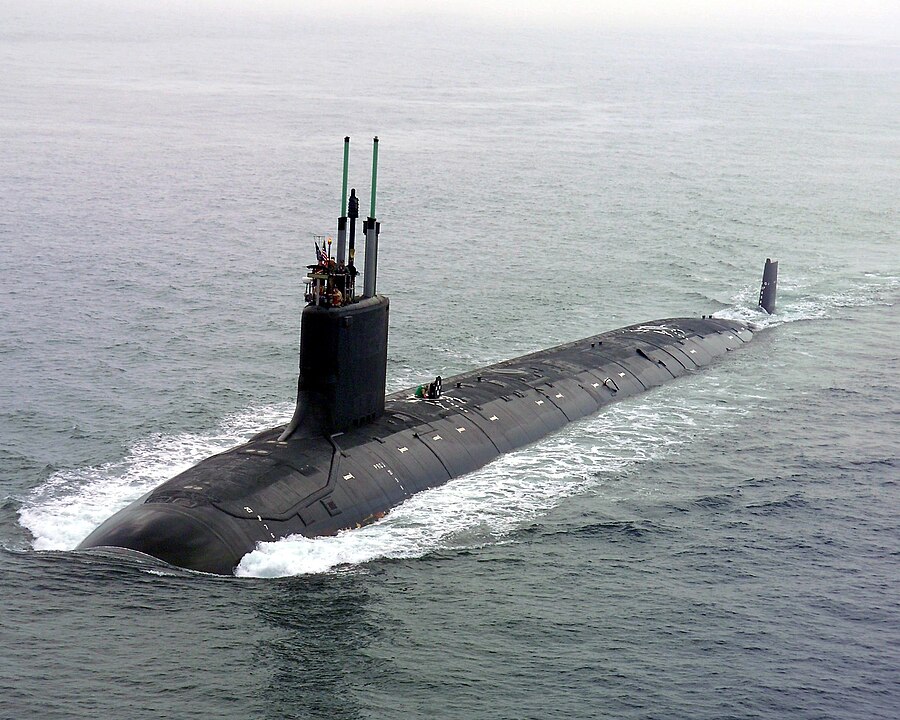
The USS Virginia stands out as a highly versatile nuclear-powered fast attack submarine, capable of both deep-sea and shallow-water missions. Introduced in 2004, it is equipped with advanced sonar and torpedo systems, as well as the ability to launch Tomahawk cruise missiles. A key feature is its photonic masts, which replace traditional periscopes, offering superior optical and electronic capabilities. Its stealth, combined with its adaptability, makes it a valuable asset for the U.S. Navy.
HMS Astute (S119)
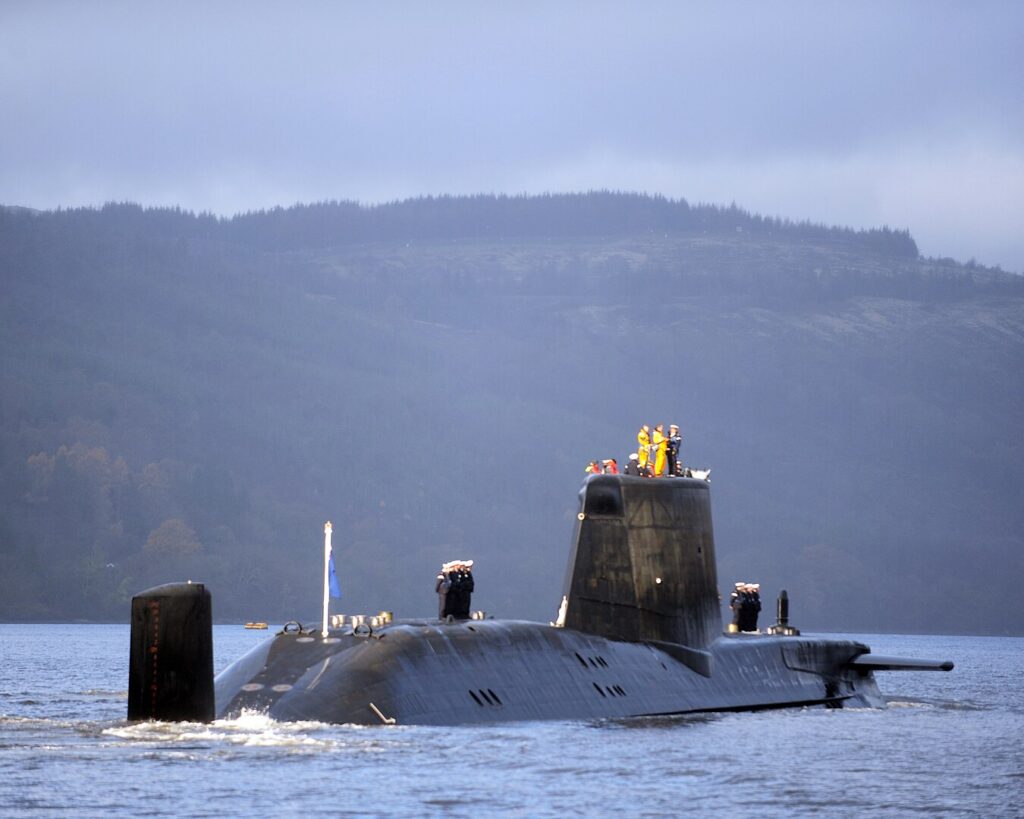
HMS Astute represents the pinnacle of British submarine engineering, known for its nuclear-powered propulsion and unrivaled stealth capabilities. Fitted with Tomahawk missiles and Spearfish torpedoes, it excels in both offensive and defensive roles. Astute-class submarines can remain submerged for months, making them highly effective for long-range missions. Advanced sonar technology ensures they remain difficult to detect in any environment.
USS Ohio (SSGN-726)
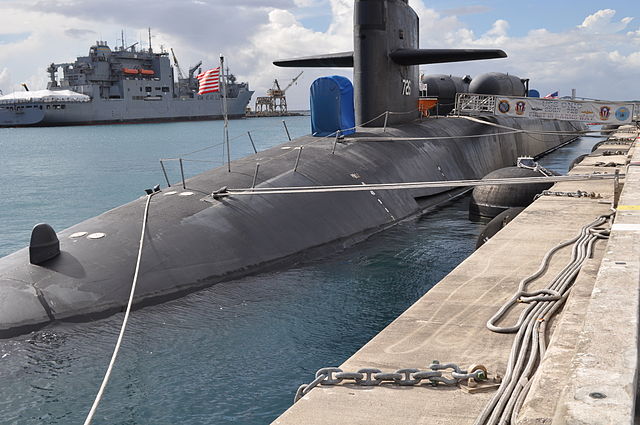
The USS Ohio was originally designed as a ballistic missile submarine but later converted to carry 154 Tomahawk missiles, making it one of the most heavily armed submarines in the world. Its strategic importance lies in its ability to conduct covert strike missions while remaining undetected. With a nuclear-powered propulsion system, it can stay submerged for extended periods, contributing to its stealth and operational endurance.
Type 212A
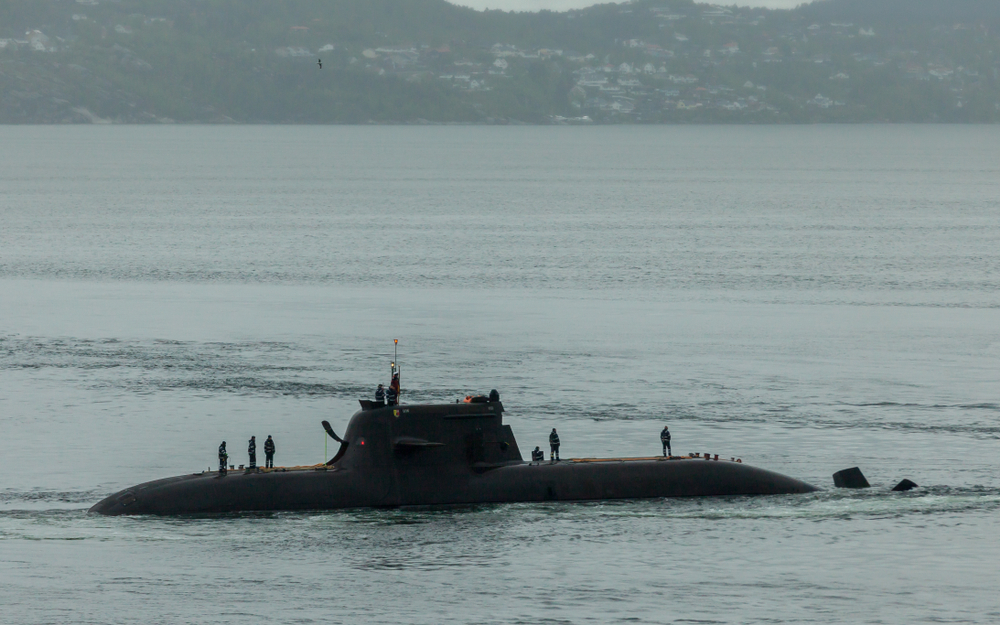
Germany’s Type 212A submarines are powered by a cutting-edge hydrogen fuel cell system, allowing them to remain submerged for extended periods without surfacing. This feature provides a significant advantage in stealth over conventional diesel-electric submarines. Their nearly silent propulsion and advanced sonar systems make them difficult to detect, even in shallow waters. The Type 212A is highly effective in both defensive and offensive operations, including torpedo and missile launches.
USS Seawolf (SSN-21)
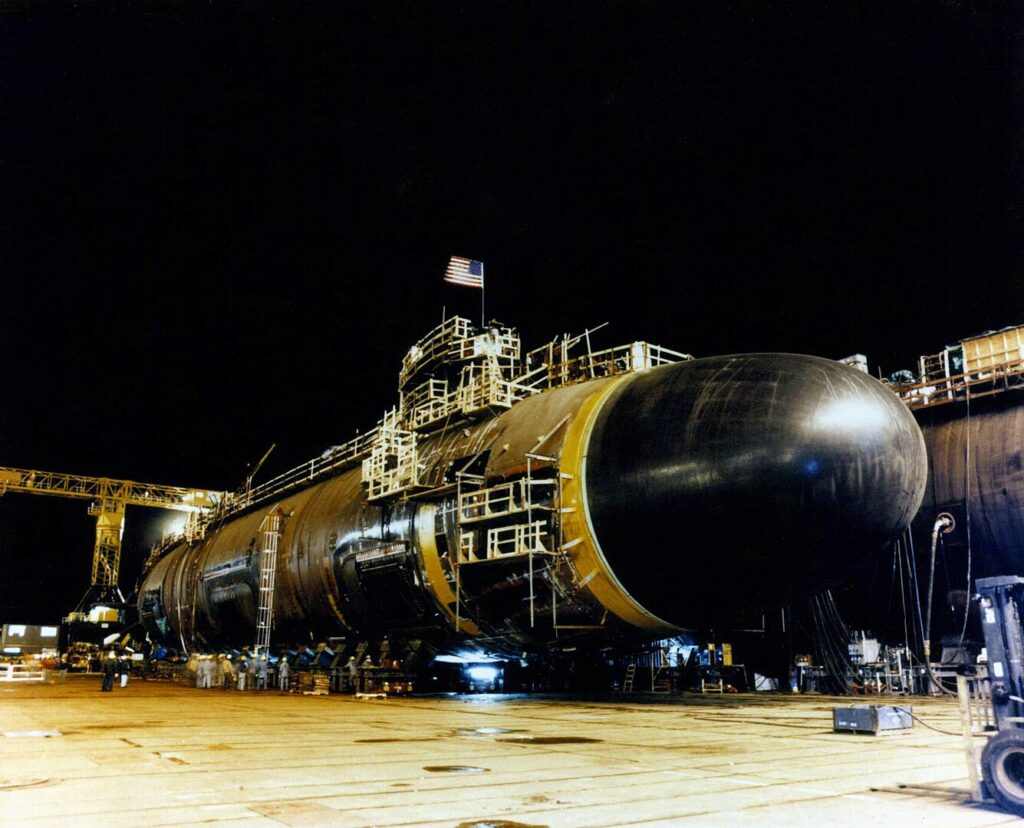
Built for the Cold War, the USS Seawolf remains one of the most advanced and heavily armed submarines in the world. Its incredibly quiet operation and powerful sonar make it a formidable hunter-killer platform, designed to detect and destroy enemy submarines. It can carry an impressive payload of torpedoes and Tomahawk missiles. Despite being developed in the 1990s, its cutting-edge technology ensures it remains relevant in modern naval conflicts.
Borei-Class Submarine
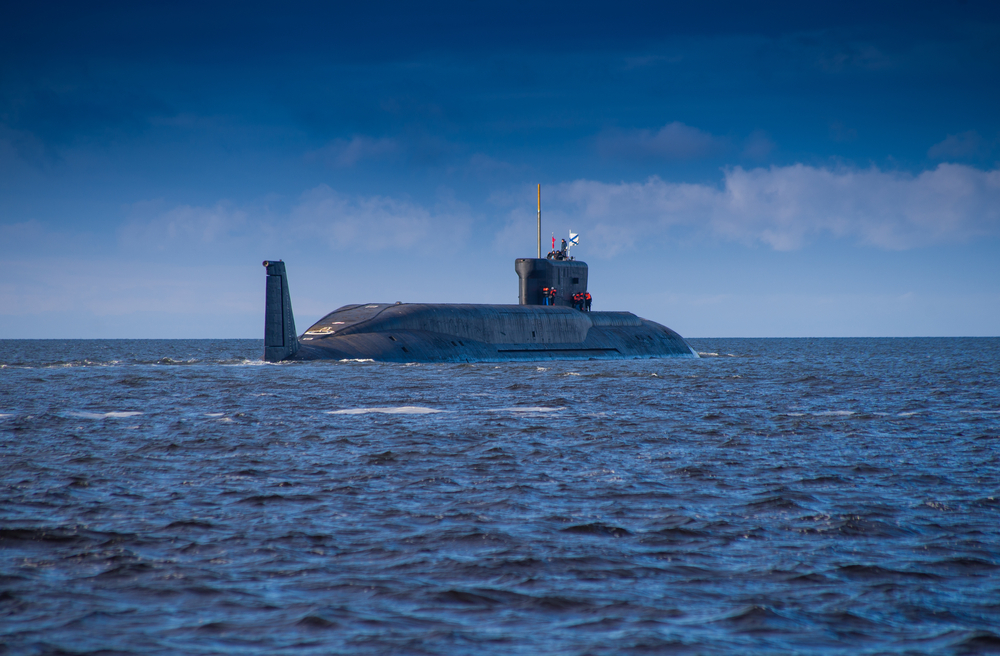
The Borei-class represents Russia’s new generation of ballistic missile submarines, equipped to carry the Bulava intercontinental ballistic missile. These submarines are integral to Russia’s nuclear deterrence strategy, thanks to their ability to remain submerged for extended periods and operate with minimal detection. Advanced sonar and quiet propulsion systems provide a significant stealth advantage. Each Borei-class submarine is a key player in maintaining global strategic balance.
USS Nautilus (SSN-571)
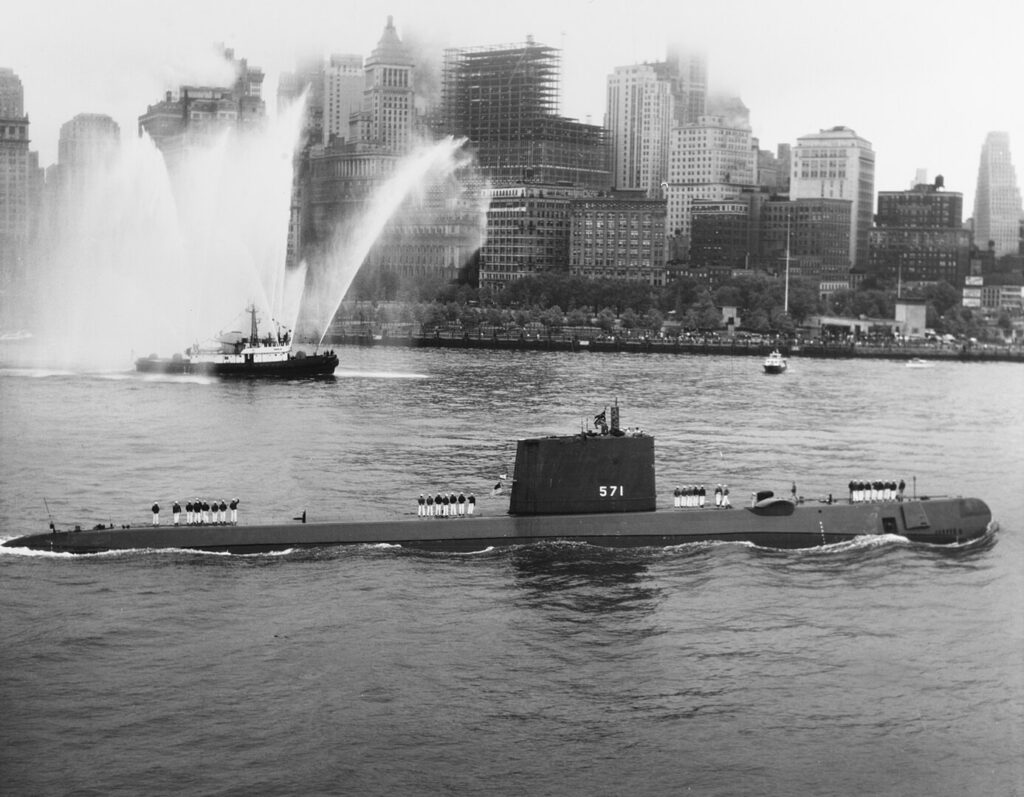
USS Nautilus made history as the world’s first nuclear-powered submarine, a milestone that transformed naval warfare. Launched in 1954, it shattered previous limitations on endurance and speed, becoming the first submarine to cross the North Pole underwater. Its nuclear propulsion allowed it to remain submerged for weeks, a groundbreaking achievement at the time. The Nautilus set the standard for future submarine designs and capabilities.
Akula-Class Submarine
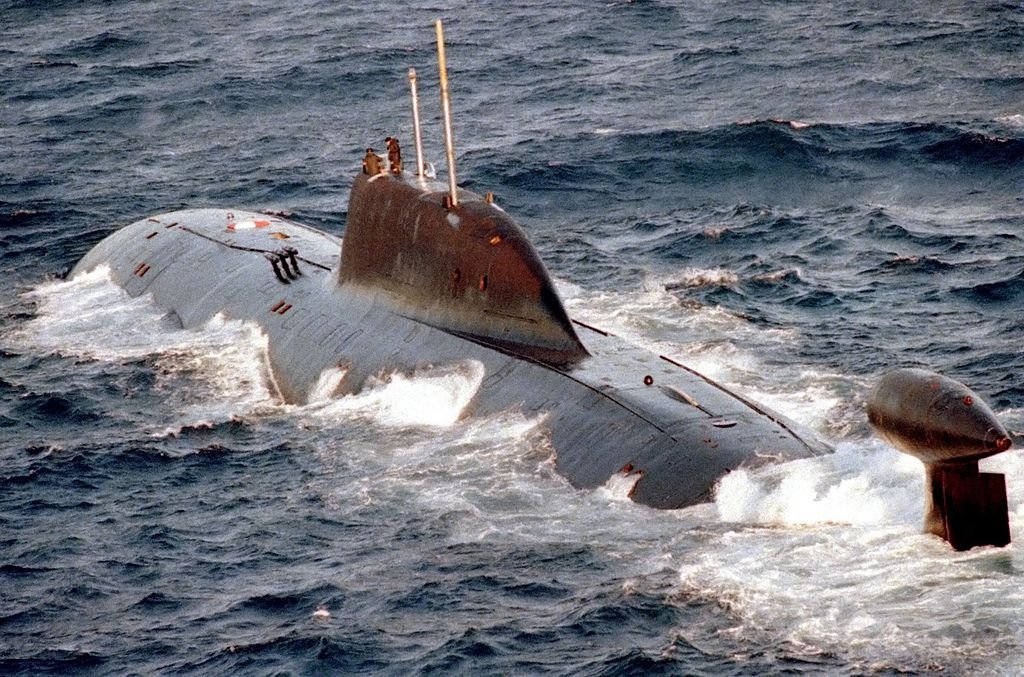
Russia’s Akula-class submarines have earned a reputation for speed, firepower, and deep-diving capabilities. Originally developed during the Cold War, they feature advanced noise-dampening technology that makes them harder to detect than earlier Soviet designs. Armed with torpedoes, cruise missiles, and mines, they are versatile platforms for offensive operations. The Akula-class remains a cornerstone of Russia’s modern submarine fleet.
Oscar-II Class

The Oscar-II class is best known for its large size and formidable missile payload, particularly the 24 P-700 Granit cruise missiles it can carry. These submarines were designed to destroy aircraft carriers and other high-value targets with their overwhelming firepower. Despite their bulk, Oscar-II submarines are equipped with noise-dampening technology that makes them difficult to detect at sea.
USS Los Angeles (SSN-688)
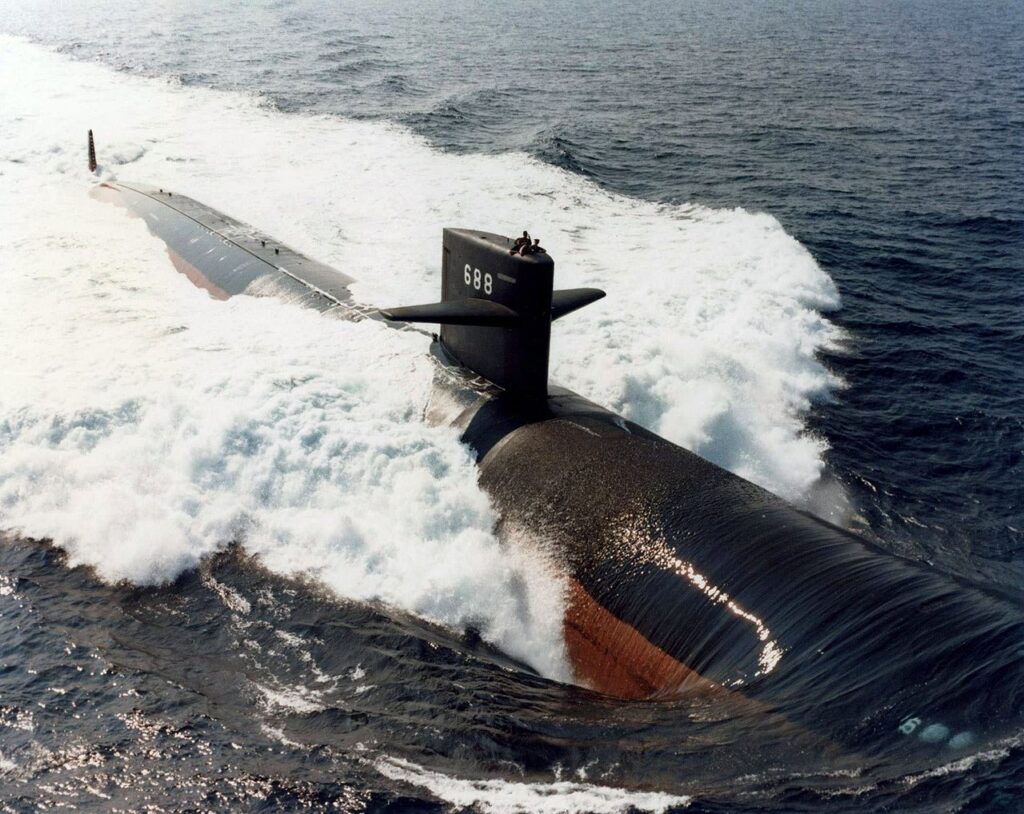
With over 60 vessels constructed, the USS Los Angeles-class submarines have served as the backbone of the U.S. Navy’s fast attack submarine fleet for decades. Known for their versatility, they are equipped with advanced sonar systems and capable of launching torpedoes and cruise missiles. The Los Angeles-class submarines can perform a wide range of missions, from intelligence gathering to direct combat operations.
Yasen-Class Submarine
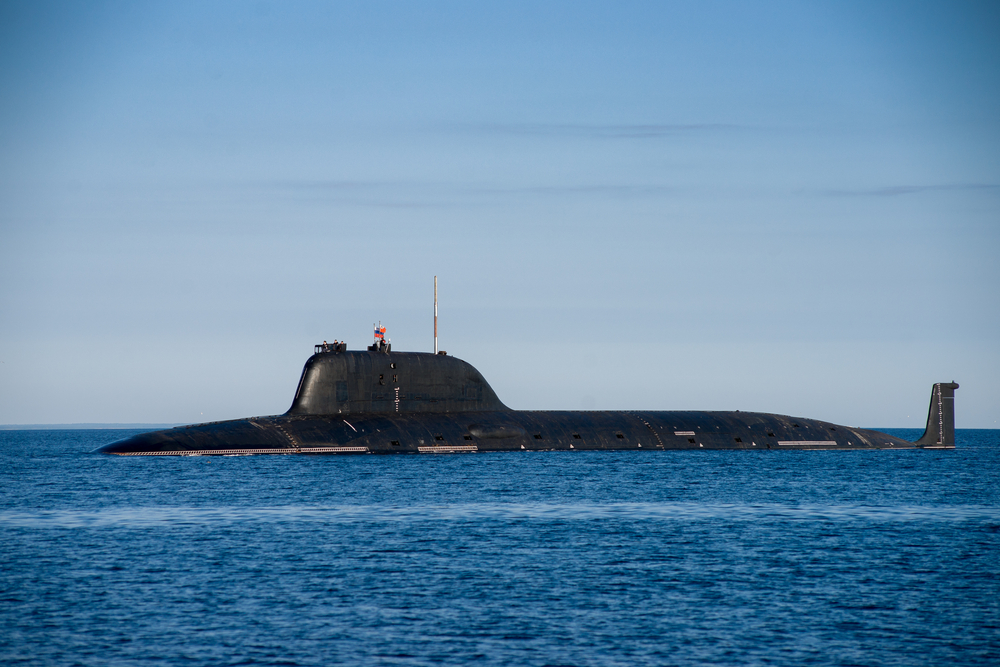
The Yasen-class submarines are among Russia’s most advanced, featuring the latest stealth technology and weapons systems. Capable of launching Kalibr cruise missiles, these submarines are designed for both anti-ship and land-attack missions. Their nuclear propulsion system enables extended underwater missions with low detectability. With its combination of stealth, speed, and firepower, the Yasen-class is a serious threat to any adversary.
USS Texas (SSN-775)
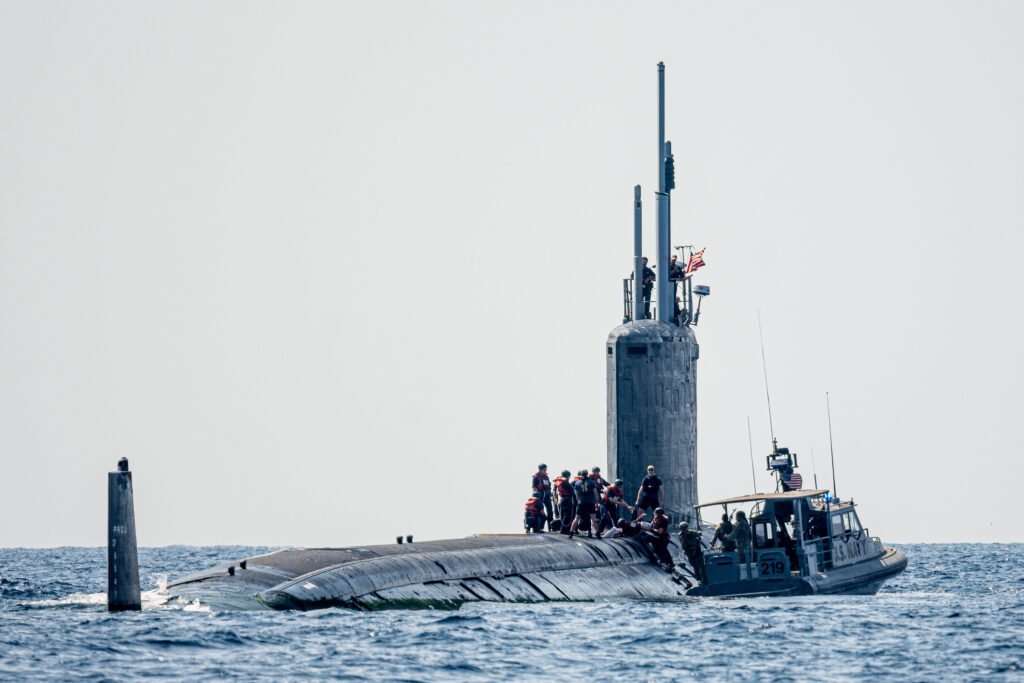
Another of the Virginia-class submarines, the USS Texas, is a marvel of modern naval engineering. Its advanced photonic mast technology offers greater optical clarity than traditional periscopes, while its sonar systems provide unparalleled underwater detection capabilities. Texas can carry a variety of weapons, including torpedoes and Tomahawk cruise missiles. Its versatility and stealth make it a key player in the U.S. Navy’s submarine fleet.
Soryu-Class Submarine
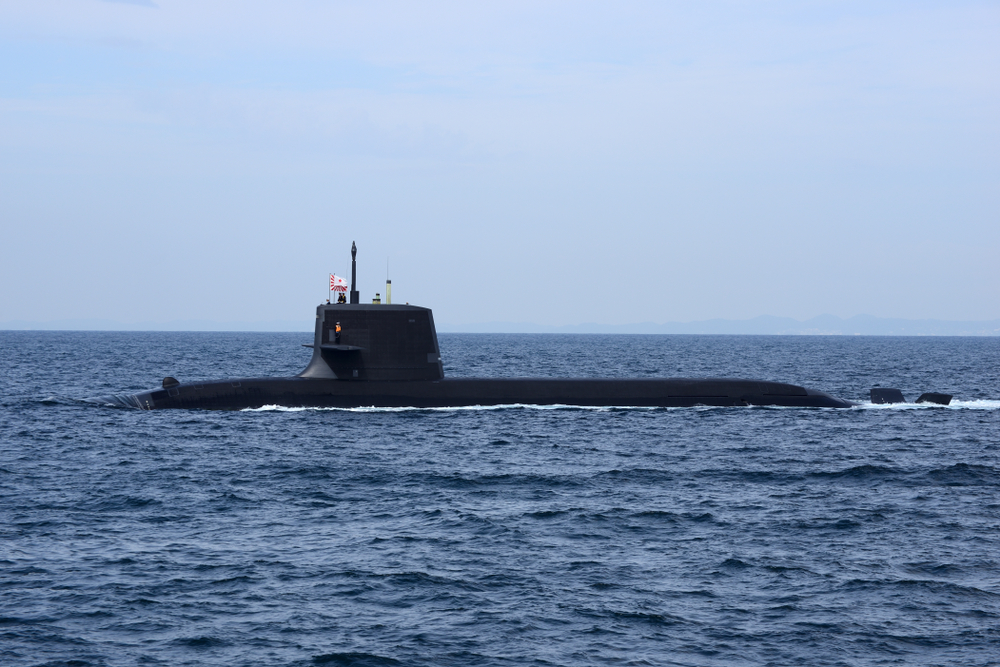
Japan’s Soryu-class represents the pinnacle of non-nuclear submarine technology. With air-independent propulsion, it can stay submerged for extended periods, a significant advantage in stealth operations. These submarines are armed with advanced torpedoes and missiles, designed to defend Japan’s maritime interests. The Soryu-class demonstrates Japan’s commitment to maintaining a modern and capable submarine fleet.
Delta IV-Class
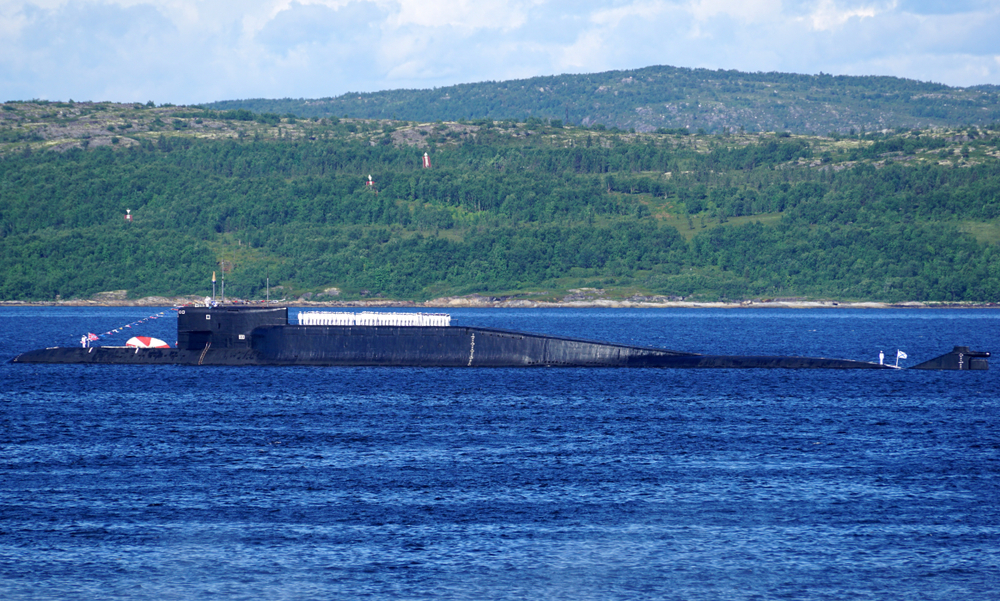
The Delta IV-class serves as a critical part of Russia’s strategic nuclear deterrent, capable of carrying 16 R-29RM Sineva ballistic missiles. These submarines feature improved noise reduction compared to their predecessors, making them harder to detect. The Delta IV-class can patrol beneath the polar ice cap, allowing it to strike virtually any location on the planet. Its role in Russia’s nuclear triad remains vital.
HMS Vanguard
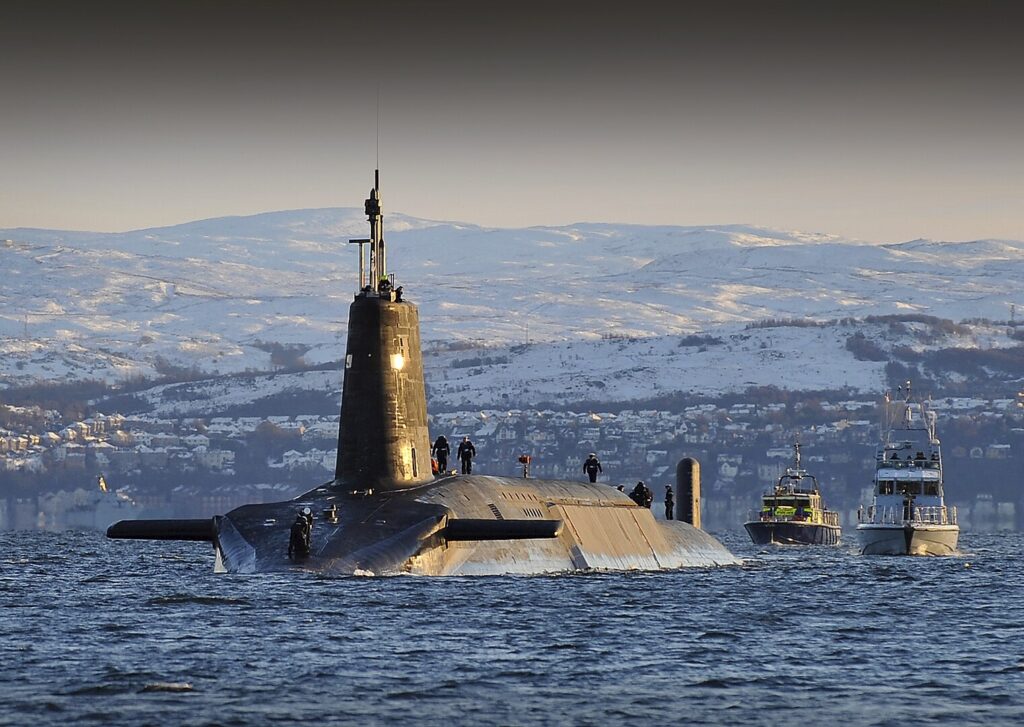
HMS Vanguard is the lead submarine of the UK’s nuclear-powered ballistic missile submarine fleet. Equipped with Trident II D5 missiles, each Vanguard-class submarine can deliver multiple nuclear warheads across vast distances. With advanced stealth technology, they are designed to remain undetected during extended patrols. These submarines are central to the UK’s continuous at-sea deterrence strategy.
Ohio-Class Submarine
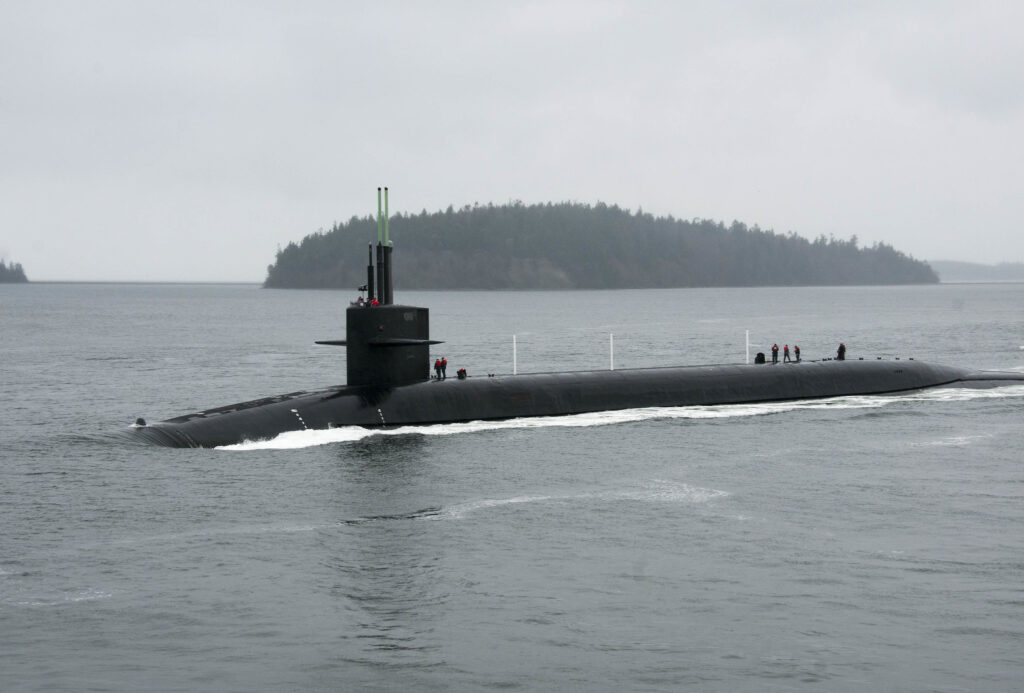
The Ohio-class submarines form the backbone of the U.S. Navy’s strategic deterrent, capable of carrying 24 Trident II D5 ballistic missiles. These submarines are stealthy, highly reliable, and able to remain submerged for months. Their endurance and immense firepower ensure their role in maintaining global strategic stability. The Ohio-class submarines continue to be a cornerstone of the U.S. nuclear triad.
This article originally appeared in MyCarMakesNoise.
More from MyCarMakesNoise
15 Crucial Motorcycle Care Tips for Every Rider

Maintaining your motorcycle is crucial for ensuring a smooth and safe ride every time you hit the road. Whether you’re a seasoned rider or just starting out, knowing the basics of motorcycle upkeep can save you time, money, and potential headaches. Read More.
20 Classic Cars Still Popular Today

Classic cars have a timeless appeal that continues to captivate enthusiasts and collectors alike. Despite the decades that have passed, some models remain as popular today as they were when they first rolled off the assembly line. Read More.
8 Rare Classic Buses That Are Worth a Fortune
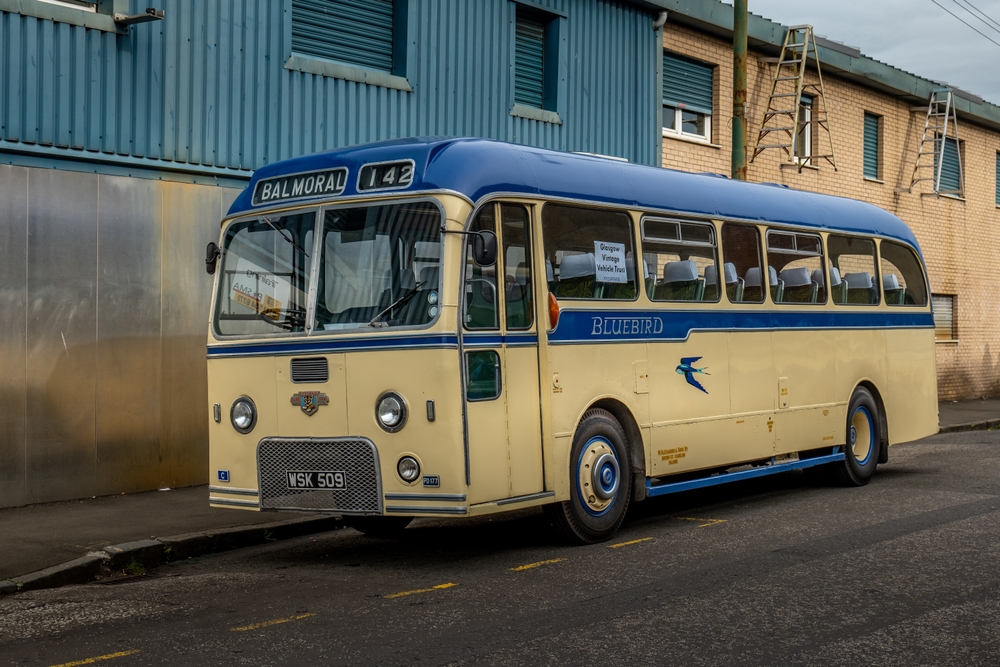
When it comes to classic vehicles, buses often fly under the radar, yet some of these rare models are worth a small fortune today. From vintage double-deckers to sleek mid-century coaches, these buses not only hold historical significance but also carry substantial value. Read More.

